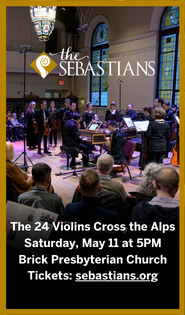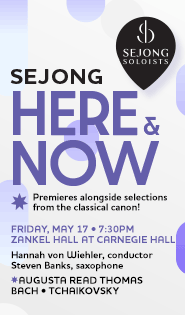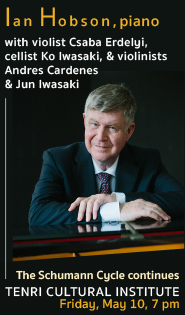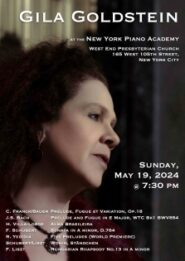MoMa closes summer series with compelling music for string quartet
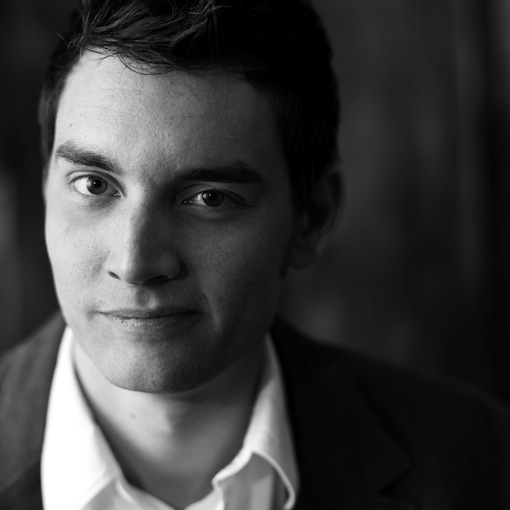
Eric Lindsay’s “Hopkin in the Wired World” was performed Sunday at MoMA’s Summergarden concert series.
The Museum of Modern Art’s Summergarden concert series is, like the New York Philharmonic’s concerts in the parks, not just a welcome seasonal tradition but a significant part of the cultural life of New York City.
MoMA presents new music outdoors in the Abby Aldrich Rockefeller Sculpture Garden, for free, and has been doing so since 1971. This is a commitment by the museum to its founding mission and to the citizens of the city that cannot be praised too highly or too often.
Concerts in the garden introduced listeners to John Cage’s string quartet music and Morton Feldman’s Why Patterns? In the 1980s, the music was accompanied not just by taxi horns from the street outside, but by a blender, mixing daiquiris at the cash bar. MoMA now pours just beer and wine at the far back of the garden, the musicians sit at the top of the steps leading into the museum’s atrium, and while no one has done anything about the traffic, the only other disruption that opposes the music are the birds calling to each other. But no one complains, and the creatures fall silent along with the setting sun.
Add a full house—every chair taken and people sitting on the marble floors—and that was the scene Sunday evening for the last of the new music concerts for the summer.
The program, “New Music for String Quartet and Flute,” included a world premiere from Roberto Sierra, an American premiere from Errollyn Wallen, and the local premiere of music from Eric Lindsay. It also included a programming “mistake” made by Joel Sachs, founding director and conductor of the New Juilliard Ensemble. Sachs organized the music and musicians —all recent Juilliard graduate students—but instead of handing them Peter Sculthorpe’s String Quartet No. 15 (listed in the program), he inadvertently pulled the composer’s Fourteenth Quartet off the library shelves. That was the work rehearsed and the work played Sunday.
Sierra’s 2013 piece, Duo Concertante for violin and viola, was played by violinist Elizabeth Derham and violist Jiwon Kim, and reflected the high quality of the series’ programming and playing. Duo Concertante is a finely made, stimulating and rewarding composition, with agile rhythms and lean harmonies, the two instruments dancing and singing around each other in five concise movements.
Though written predominantly in single lines, Sierra modulates through keys with such skill and sense of proportion that the music has a rich effect. There are welcome nods towards Ravel, and an underlying emotional feeling of Lorca’s duende, especially in the impassioned third movement, “amplio y sonoro.”
Sculthorpe’s String Quartet No. 14 is the composer’s response to tragic history in his native Tasmania: colonial soldiers driving a band of aborigines to their deaths over the cliff at Quamby Bluff. There is no depiction of the atrocity, however, and the passions run to the cool side, yet the music is melancholy and hauntingly expressive.
Sculthorpe uses the unstable interval of the tritone, which becomes both a tight melody and a gesture that states purpose and an attitude. The harmonies are unsettled even as the rhythms flow, and the longer lines seem to get lost, as if distracted by unpleasant thoughts and memories. The most straightforward music, a naïvely nostalgic, song-like third movement, is colored with eerie glissandos in the violins that gently roil things, like the first drops of rain on a still pond. There was beautiful playing from the musicians, aptly focused and unsentimental, though they were let down by a poor amplified mix that had the violins dominating the other instruments.
Lindsay’s 2008 Hopkin in the Wired World is a commission from the Del Sol Quartet. The piece is an attractive combination of rhythmic verve, the tunefulness of an Irish folk song, and Brahms-like ensemble textures. The instruments play constantly, yet everything is clear: ideas go by quickly, each stepping lightly to the fore before returning to the ensemble. There is excellent form and balance, with the kind of writing musicians relish—it sounded like the quartet had been playing this for a decade.
Wallen’s All the Blues I See (2004) added flutist Chelsea Knox to the group. The plugged-in sound was a problem again; the opening and closing music relies on extended soft dynamics and features complex whistle tones from the flute, and neither benefited from amplification.
In between the piece is inconsistently stunning. The second movement, “Moderato,” is brilliant, alternating between an arrangement of Thomas Greaves madrigal “Come Away, Sweet Love,” and well made, idiomatic jazz writing. The flute has dazzling solo, fluid and inventive, and Knox played it with such expressive life and full tone that it sounded improvisational in the best way possible. The fourth movement is awkward in the context of the overall piece, relying on a sentimental song by Wallen that sounds out of place with the controlled bleakness and sheer exuberance of the rest of the work.
